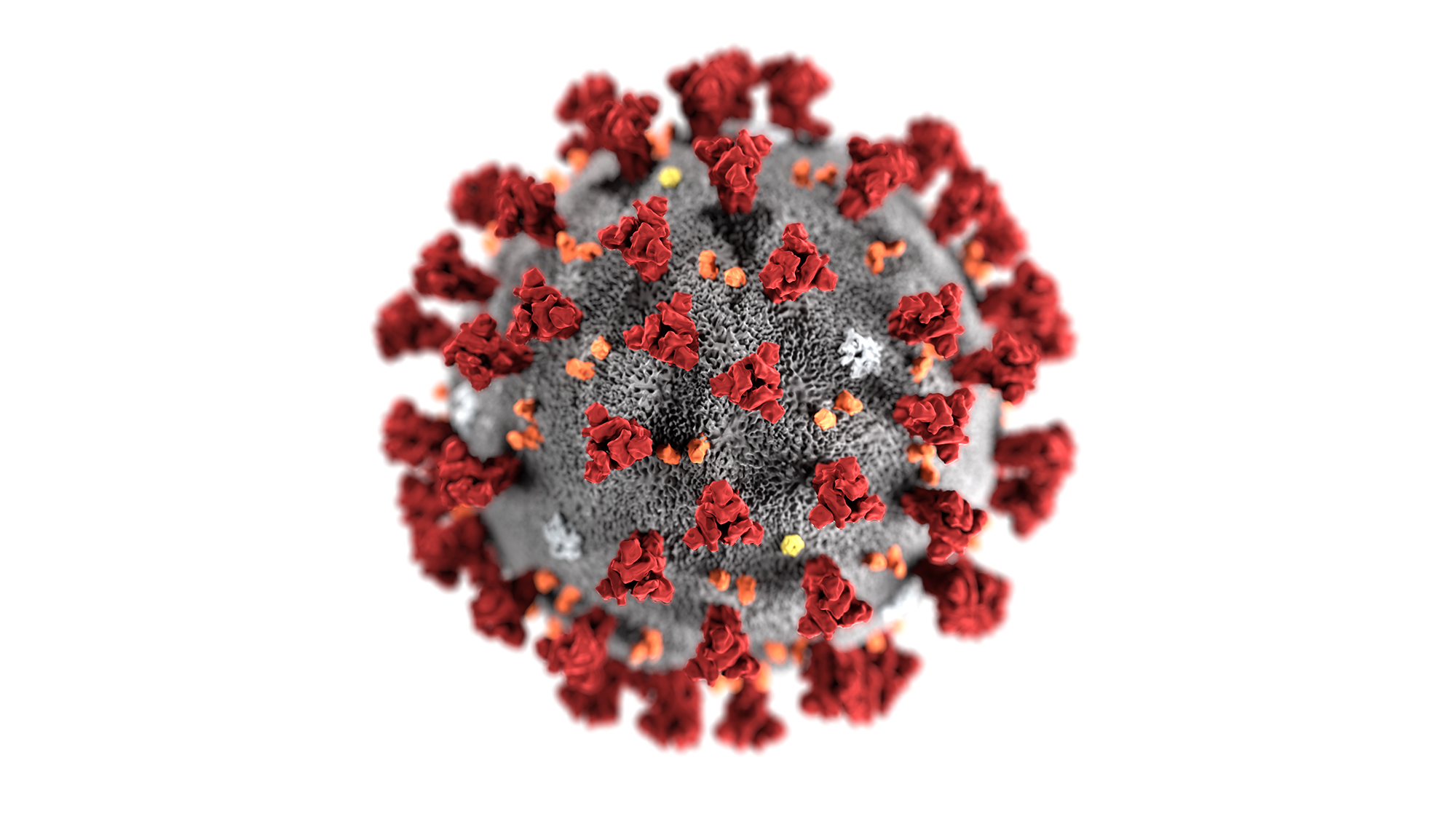As COVID-19 cases spike, the need for faster, more accessible testing is clear. Due to limited availability, many patients with symptoms — and their physicians — are left wondering whether they have the virus. Even when patients do get a test, overwhelmed labs can take several days to get the results.
But a new in vitro diagnostic test developed by Brett Etchebarne, an emergency medicine physician and assistant professor in Michigan State University’s College of Osteopathic Medicine, could change that.
Etchebarne’s goal was to create a COVID-19 test that could be performed by emergency room doctors on many patients in a short time, on equipment all hospitals have. That way, doctors don’t have to wait for an answer on whether a patient has COVID-19. This would enable them to provide the right treatment and appropriate self-isolation guidelines before the patient leaves the hospital.
The test he created is fast. There are a few other rapid tests already approved by the FDA, but they’re limited by how many tests can be performed at once. Some only allow for one sample to be tested at a time, while others allow for up to four in specialized machines that are in limited supply. Etchebarne’s test can deliver results in five to seven minutes with the possibility of running higher numbers of tests at once.
And while it still needs to be validated, this new test likely won’t require an invasive nasal swab, Etchebarne said. Instead, it can be done with a simple mouth swab, which would make the sample collection process faster and less uncomfortable.
With a background in genomics, Etchebarne is well-suited to help solve the current testing crisis. He’s been working in the field of rapid diagnostics of pathogens since 2011 and runs Etchebarne laboratory at MSU’s Institute for Quantitative Health Science and Engineering. Through his work, Etchebarne had already developed a rapid respiratory panel to screen for various common illnesses like pneumonia and the flu.
So, when the Centers for Disease Control released the genetic information on SARS-CoV2, the virus that causes COVID-19, it was a relatively quick process to adapt his testing method.
“I used what the CDC provided and made up my own primer sets, which are fragments of the target DNA or RNA that you can use to amplify a region of that genetic element,” Etchebarne said. From there, determining the test result is simple. “It’s either there, or it’s not there,” he added.
At the moment, the timeline for when Etchebarne’s test will be available is uncertain. The next step is to get it validated in a Clinical Laboratory Improvement Amendments lab, a process which is currently underway. Then, the test needs to be submitted to the FDA for approval.
Etchebarne said that while there are many regulatory hoops to jump through, approval could happen in a matter of weeks, so he’s hopeful.
“We already know what to do, because we’ve been working on this kind of testing for a long time,” he said.
- Via MSUToday


